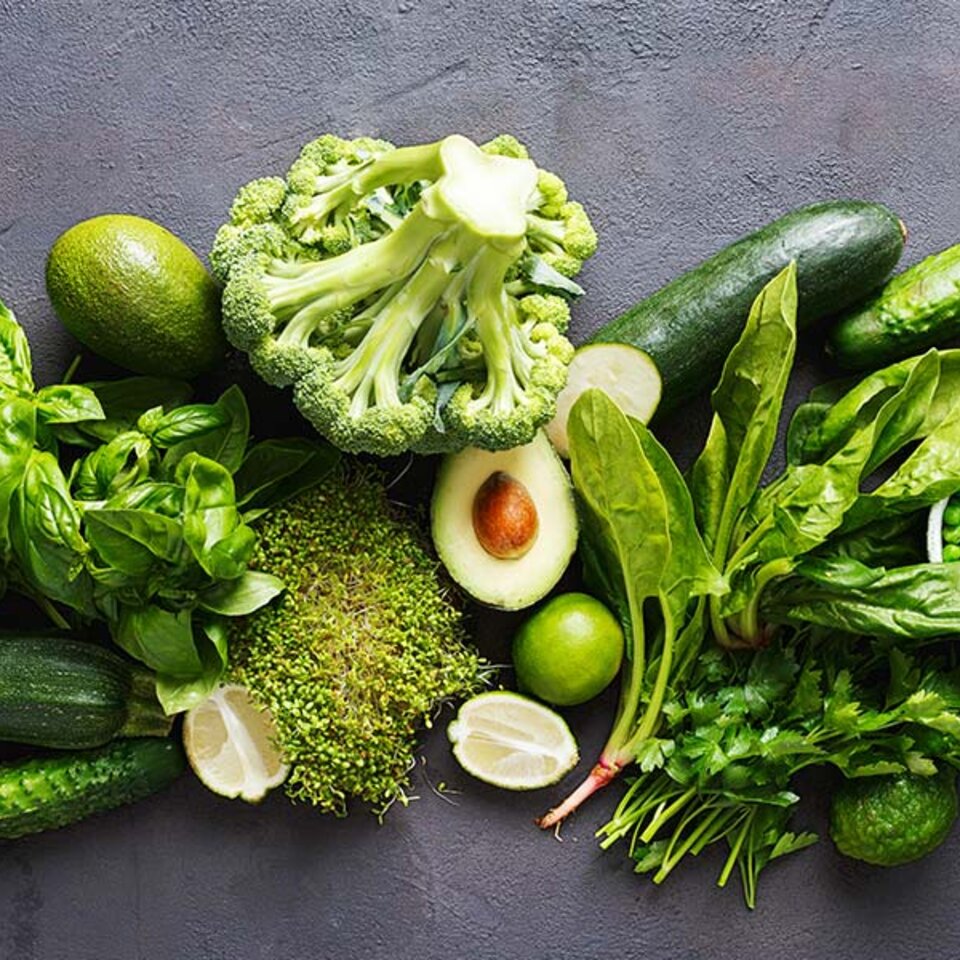Sugar, carbohydrates & co - recognising coherences
People often ask whether sugar and carbohydrates are the same thing. The reason for this confusion is simple: carbohydrates consist of sugar molecules and are broken down into sugar in the digestive system. Fruit also contains large quantities of carbohydrates due to its sugar content. Indeed, fructose is thought to be a key factor in the development of metabolic syndrome.
Not all sugar is the same
However, not all carbohydrates are the same, and neither are all sugar molecules. To help us calculate the effect of different sugar molecules in our bodies, we use the glycaemic index (GI). This is a ranking system that was introduced in the early 1980s to show the impact of various carbohydrates on blood glucose levels.
The sugar contained in low GI carbohydrates takes longer to be digested and broken down, so the blood sugar level rises more slowly too: a highly desirable effect!
Glycaemic load is a measure that takes into account the amount of carbohydrates in a portion of food. For example, when we consume foods rich in mono- or disaccharides, such as grapes or household sugar, the sugars are quickly absorbed into the bloodstream and our blood sugar levels surge. Large quantities of insulin need to be produced in order to convert the glucose into energy or store it for later use.
After a sugar-rich meal, we initially experience very high blood sugar levels, swiftly followed by a sugar crash and, more often than not, food cravings. When we eat complex carbohydrates, however, ideally in combination with fibre-rich foods, our blood sugar levels rise more slowly; this causes only small amounts of insulin to be released and we feel fuller for longer.
Did you know that...
… a high-fibre diet has huge health benefits? This is because dietary fibre, which is the portion of plant-derived food that cannot be completely broken down in digestion, is a complex carbohydrate. Roughage helps to prevent cancer, diabetes and arteriosclerosis. Major sources of fibre include wheat bran, linseeds, lentils, peas, kidney beans, raspberries, blueberries and dried fruit. When on a high-fibre diet, it is important to drink plenty of liquids.
Simple versus complex carbohydrates
Complex carbohydrates
… on the other hand, are metabolised at a much slower rate. These are often found in fibre, i.e. in indigestible plant fibres which are more difficult to break down. And that‘s just as well as they are more filling.
Complex carbohydrates are found in:
- All wholegrain products (bread, pasta, etc.)
- Vegetables such as broccoli, cauliflower, carrots, kale, spinach, peppers, tomatoes, mushrooms and asparagus
- Fruit, e.g. apples, pears, pineapples and melons
- Nuts
- Skimmed milk products
- Legumes, e.g. beans, lentils, chickpeas and peas
- Wheat bran, rolled oats, buckwheat, amaranth, quinoa, millet and lupine beans
- Brown rice
- Sweet potatoes and potatoes
From Modern Mayr Medicine
Tip
If we wish to prevent Type 2 diabetes, we need to eat slowly and ensure that our food has a low glycaemic load. Wholegrain products that require more effort to chew are therefore preferable to fast foods, pastries made with refined flour or sugary soft drinks. However, sugar substitutes and sweeteners are not an alternative: they damage the intestinal flora and can even trigger glucose intolerance. A balanced diet is essential: we recommend no more than 50% carbohydrates, 10-20% protein and 30-35% fat, plus vitamins, minerals, trace elements and fibre.
You can find more information and interesting facts about Modern Mayr Medicine and its positive effect on your health in our section Modern Mayr Medicine – news from the world of medicine and science.






